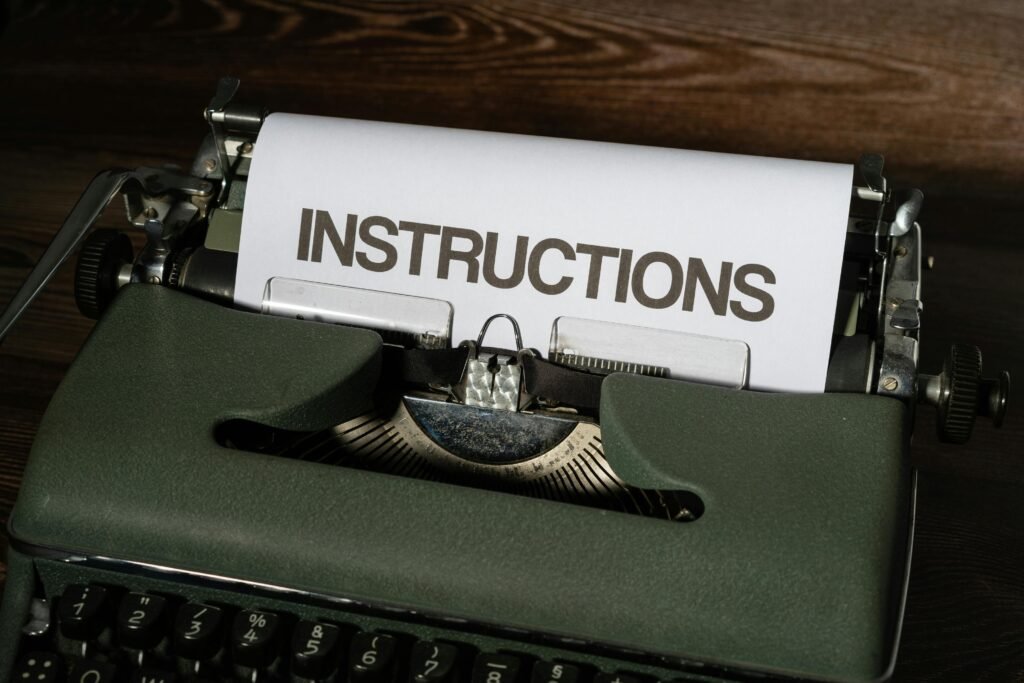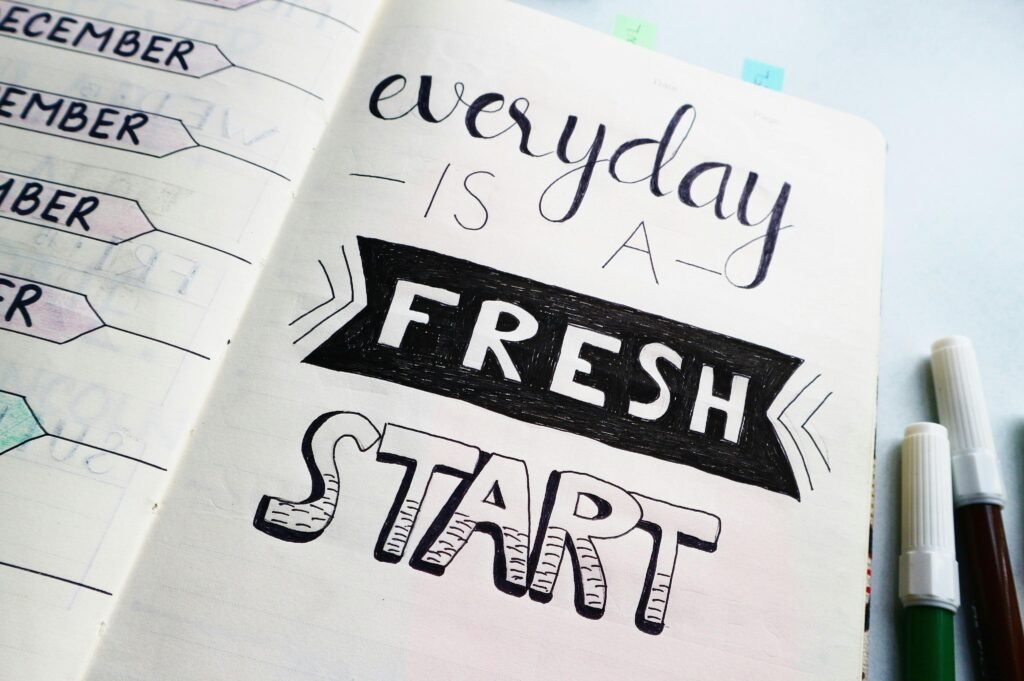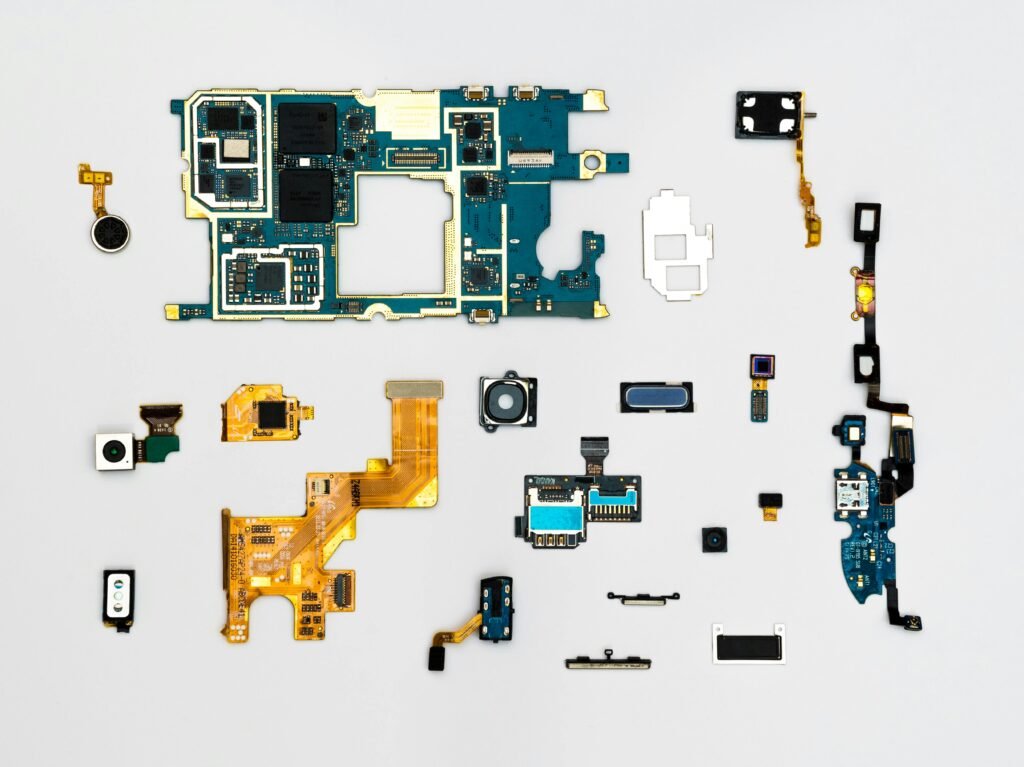
What Are Climate Time Capsules?
Why Do This?

What Goes Inside?
- Biodegradable Batteries:
These are power devices that break down harmlessly. Capsules include their designs so future engineers can recreate them. - Seed Banks:
Diverse seeds ensure crops grow despite harsh weather. Stored in capsules, they are ready for planting later. - Solar Panel Blueprints:
Simple guides show how to build panels for clean energy. Future communities can use them to light homes. - Water Purification Tools:
Filters turn dirty water drinkable, vital during droughts. Capsules hold plans for making them. - Instruction Manuals:
Clear manuals explain how to use everything. They ensure finders understand the items fast.
How Does It Work?
- Choose Locations:
Pick stable spots like hills to avoid floods. Rocky soil works too—it resists erosion. Signs mark each site. - Build Capsules:
Engineers create durable steel boxes with tight seals. These keep out water and air effectively. - Fill Them:
Teams pack the items carefully. Seeds go in sealed bags, blueprints stack flat, batteries fit snugly. - Bury Them:
Workers dig holes about four feet deep. Boxes go in, dirt covers them, and grass conceals the spot. - Record It:
Locations get logged in databases and on paper. This ensures future people can find them. - Wait:
Time passes. Capsules sit quietly underground until they are needed.
Who Runs It?
Challenges Exist

How to Start
Start small to test it. A single town buries a capsule and watches what happens. Success encourages others—cities join, then nations. A pilot project can prove that it works, and data fuels the push. Readers can get involved: talk to local leaders, share this online, or even bury a small box at home. Every step counts.
Real Examples Today
Some projects already hint at this. The Svalbard Seed Vault in Norway stores seeds under ice for safekeeping. Capsules expand that idea, adding tech and spreading globally. Archaeology offers lessons too—Roman water systems still inspire us. In this case, future digs bring solutions instead of relics.
Conclusion
Climate Time Capsules preserve today’s answers for tomorrow. Communities bury them now, and future people dig them up. Seeds grow, batteries hum, panels shine. This ties archaeology to climate action in a practical way. It fights rising threats and connects generations. The future needs this, and it starts with us. Act now—hope waits underground.
Frequently Asked Questions (FAQs)
How long can capsules stay buried?
Capsules can last for decades or even centuries. Steel boxes with rust-proof coatings protect the contents. Engineers design them to withstand soil, water, and time. Tests show similar containers last over 100 years in dry conditions. Items like seeds and blueprints stay usable if sealed properly. Regular checks are not needed—once buried, they wait.
Who decides what goes in the capsules?
Scientists and engineers pick the items. They choose based on usefulness and durability. Communities give input too, suggesting what their area might need later—like seeds for dry regions or filters for wet ones. A global team, like the United Nations, approves the final list. This keeps selections practical and fair across regions.
What if capsules get dug up too early?
Locks and remote locations prevent early digging. Steel boxes use heavy bolts only special tools can open. Burying them in hard-to-reach spots—like hills or deserts—adds protection. Laws also punish theft with fines or jail time. If someone digs one up, the items still help, just sooner than planned.
Do share your thoughts by commenting below.






